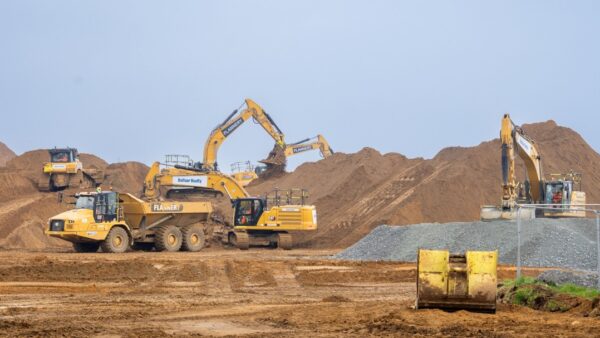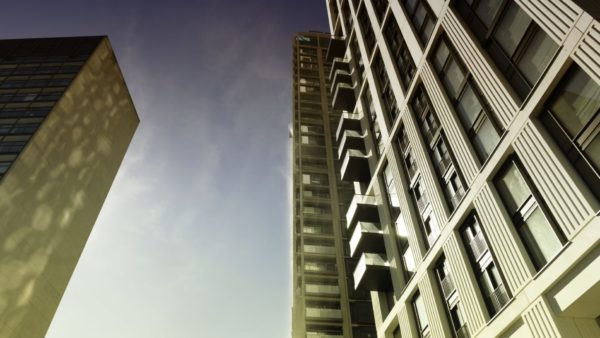
A High Court judge has found in favour of Galliford Try in a dispute over who is liable for the remediation of defective roofs on sheltered homes refurbished under a PFI deal.
The PFI project involved local authority sheltered housing for the elderly in North Tyneside.
The project was to run from March 2014 to March 2042 in two phases. The first was a design and construction phase involving the demolition and replacement of 10 buildings and the refurbishment of 16 more. The second involved the maintenance of all the buildings.
Claimant Solutions 4 North Tyneside is a special-purpose vehicle formed to undertake the project. It entered a project agreement with North Tyneside Borough Council on 26 March 2014.
Output specification
Under the deal with Galliford Try, sections 2.9 and 2.10 of Part A of the Output Specification addressed the minimum design lives to be achieved. These ranged from four years for internal paint finishes to 60 years for roof and floor structures and other structural items. They also specified the residual life expectancy which was to remain when the dwellings were handed back to the council in 2042, ranging from one year for internal paint finishes to 30 years for certain structural items.
The dispute between the claimant and Galliford Try had been rumbling on for some time. It had been referred to an adjudicator, who made certain declarations sought by the claimant but declined others. That was before Solutions 4 North Tyneside took the matter to the Technology and Construction Court for a final decision.
The dispute related specifically to issues with the roofs of the refurbished homes. The final Certificate of Availability in respect of those dwellings was issued on 6 April 2017. Solutions 4 North Tyneside said defects in the roofs of the refurbished homes emerged in mid-2018. It claimed that Galliford Try was liable for their rectification. It did not make a claim for financial damages.
Judgement
Judge Mr Justice Eyre considered the matter before issuing his judgement earlier this week. He concluded that Galliford Try’s interpretation was “substantially correct”. The obligations arising from sections 2.9 and 2.10 of Part A of the Output Specification relate to new build works and apply to buildings defendant has demolished and replaced, he said. And he added that they also apply in circumstances where refurbishment works have been undertaken which involve elements of new building.
He concluded: “The defendant was not obliged to replace elements of the refurbishment dwellings which were otherwise in sound condition and where such replacement was not envisaged in the Contractor’s Proposals so as to ensure that those elements had a design life of a particular duration.”
He added: “Bringing an existing building up to a sound standard is different from putting it into a condition such that it will not need further significant refurbishment and potentially replacement as it ages during the lifetime of the project. A building and its structural components can be in a sound condition in 2017 even if it can confidently be predicted that it or some of those components will have come to the end of its or their life at some point between 2017 and 2042.”
No specified period
He said it was “significant” that the Availability Standard in relation to “structure and building fabric” for both refurbishment and new build dwellings stated in generalised terms: “The area shall be fit for human habitation with permanent structural elements, building fabric and communal area floor coverings present, in sufficiently good order and not demonstrating failure or damage which materially or adversely affects use of the site.”
Mr Justice Eyre commented: “It is of note that the standard is expressed with reference to the condition of the elements at the time of the assessment and does not specify a period for which that condition must persist.”











